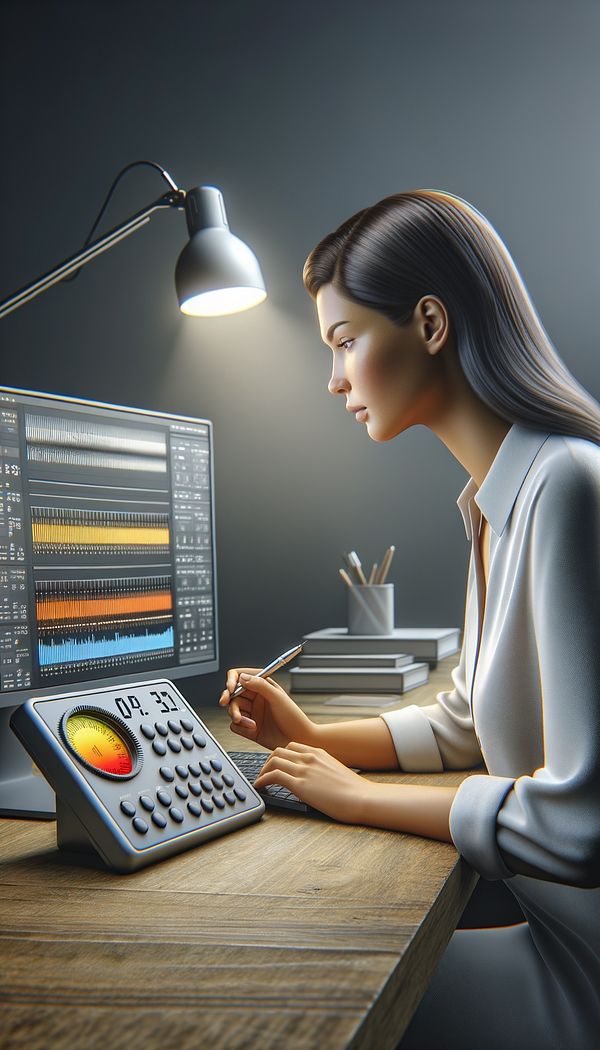What is Luminance?
Luminance is the intensity of light emitted from a surface per unit area.
Description
Luminance is a pivotal concept in interior design, with its implications spanning across how spaces feel, function, and visually communicate. At its core, luminance refers to the intensity of light that is emitted or reflected from a surface in a given direction, measured in candelas per square meter (cd/m2). It's a critical measure that helps designers understand how bright a light source or a lit surface appears to the human eye, enabling them to craft environments that are both visually comfortable and functional.
In the context of interior design, luminance plays a significant role in determining the ambiance of a room, influencing aspects such as mood, perceived space, and even the color vibrancy of objects within a space. Understanding and manipulating luminance allows designers to create a balance between artificial and natural light, optimally illuminate spaces for various activities, and highlight architectural features or art pieces effectively. It also contributes to designing for visual comfort, reducing glare, and improving the visual quality of both indoor and outdoor spaces. Furthermore, luminance considerations are essential in creating accessible environments that accommodate the needs of individuals with visual impairments.
Given the complex way in which light interacts with surfaces, colors, and materials, mastering the art of luminance is key for producing desired lighting effects. Designers often use tools like photometric studies and computer aided design (CAD) software equipped with lighting simulation features to precisely predict and plan luminance levels in their projects.
Usage
In practical design applications, luminance is considered in a variety of contexts. For example, a designer might optimize luminance levels to reduce glare on computer screens in an office space or enhance the luminance of a painting to make it a focal point in a living room. Exterior lighting schemes for buildings also take luminance into account, ensuring that lights are bright enough for safety without contributing to light pollution.
FAQs
-
How do luminance and brightness differ?
Although luminance and brightness are often used interchangeably, they are distinct concepts. Luminance is a measurable quantity of light emitted or reflected from a surface, while brightness is the subjective perception of light by the human eye. Brightness is influenced by many factors, including luminance.
-
Can luminance affect mood?
Yes, luminance can significantly impact mood. For instance, low luminance levels can create a cozy and relaxing atmosphere, while high luminance can foster an environment that's energetic and stimulating.
-
Is luminance important for energy efficiency?
Yes, understanding and optimizing luminance is crucial for energy efficiency in lighting design. By selecting appropriate lighting fixtures and strategically placing them, designers can achieve desired luminance levels with minimal energy consumption.
Practical Application
When planning to use luminance effectively in interior design, it's important to consider both the quantitative aspect (measured in candelas per square meter) and the qualitative impact (how it influences the perception and functionality of a space). Start by assessing the natural light available and determine how artificial lighting can complement or supplement it. Be mindful of the tasks or activities that will occur in the space and adjust luminance levels accordingly to accommodate visual comfort and efficiency. Utilizing dimmers and smart lighting systems can offer flexibility in managing luminance to suit different times of the day or specific needs.
-
Design Styles478 articles
-
Lighting111 articles
-
Decorative Techniques322 articles
-
Color & Patterns154 articles
-
Accessibility & Ergonomics30 articles
-
Luggage StitchingLuggage stitching is a robust sewing technique often used in the construction of luggage and other heavy-duty items.
-
CamelbackA camelback is a high, rising curve on a piece of furniture that resembles the shape of a camel's hump.
-
Persian RugA Persian rug is a handwoven carpet from Iran, known for its intricate designs and high quality.
-
BoiserieBoiserie is a French term that refers to intricately carved wood paneling used for walls.
-
Tuxedo ArmsTuxedo Arms are a distinctive style of armrest found on some sofas and chairs, characterized by their high, straight profile that aligns with the back of the furniture.
